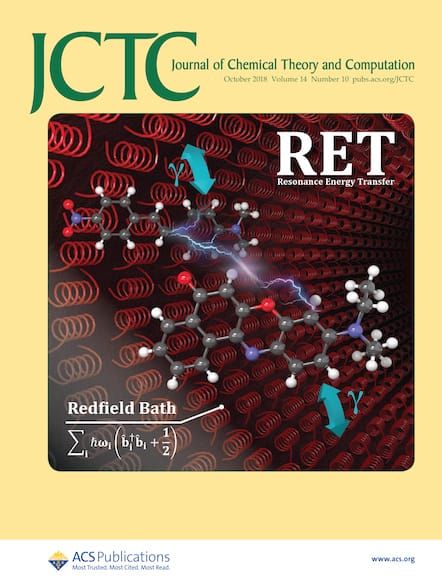一个基础将统治所有:通过自然轨道阈值实现可负担的铂金标准。
IF 5.5
1区 化学
Q2 CHEMISTRY, PHYSICAL
引用次数: 0
摘要
我们提出了一种策略,通过将单个足够大的基集与冷冻自然轨道相结合,来减轻耦合簇方法的高昂成本,包括多达四次或五次激发,通常被称为铂标准。在我们的框架中,自然轨道由低阶微扰或耦合簇密度矩阵生成,根据占用阈值截断,并重新规范化以产生与标准耦合簇算法完全兼容的相关轨道。使用占用阈值而不是固定百分比截断可以保持大小一致性,并支持系统的准确性控制。在标准数据集和具有挑战性的分子系统上的基准测试表明,具有大量减少相关轨道数量的大型基集始终优于具有相同数量相关轨道的小型基集。这些结果支持统一的工作流程,其中为所有激励水平保留单个基集,并逐渐增大阈值以减少虚拟空间。虽然最佳阈值尚未预定义,但该框架为无监督协议铺平了道路,旨在以不高昂的成本接近前所未有的系统规模的白金标准精度。本文章由计算机程序翻译,如有差异,请以英文原文为准。
One Basis Set to Rule Them All: Toward an Affordable Platinum Standard via Natural Orbital Thresholds.
We propose a strategy to mitigate the prohibitive cost of coupled cluster methods, including up to quadruple or pentuple excitations, often referred to as the platinum standard, by combining a single sufficiently large basis set with frozen natural orbitals. In our framework, natural orbitals are generated from low-order perturbative or coupled cluster density matrices, truncated according to an occupation threshold, and recanonicalized to yield correlated orbitals fully compatible with standard coupled cluster algorithms. Using occupation thresholds rather than fixed-percentage truncations preserves the size consistency and enables systematic accuracy control. Benchmarks on standard data sets and challenging molecular systems show that large basis sets with aggressively reduced numbers of correlated orbitals consistently outperform smaller basis sets with the same number of correlated orbitals. These results support a unified workflow in which a single basis set is retained for all excitation levels with progressively larger thresholds to reduce the virtual space. Although optimal thresholds are not yet predefined, this framework paves the way toward unsupervised protocols aimed at approaching platinum standard accuracy for unprecedented system sizes at nonprohibitive cost.
求助全文
通过发布文献求助,成功后即可免费获取论文全文。
去求助
来源期刊

Journal of Chemical Theory and Computation
化学-物理:原子、分子和化学物理
CiteScore
9.90
自引率
16.40%
发文量
568
审稿时长
1 months
期刊介绍:
The Journal of Chemical Theory and Computation invites new and original contributions with the understanding that, if accepted, they will not be published elsewhere. Papers reporting new theories, methodology, and/or important applications in quantum electronic structure, molecular dynamics, and statistical mechanics are appropriate for submission to this Journal. Specific topics include advances in or applications of ab initio quantum mechanics, density functional theory, design and properties of new materials, surface science, Monte Carlo simulations, solvation models, QM/MM calculations, biomolecular structure prediction, and molecular dynamics in the broadest sense including gas-phase dynamics, ab initio dynamics, biomolecular dynamics, and protein folding. The Journal does not consider papers that are straightforward applications of known methods including DFT and molecular dynamics. The Journal favors submissions that include advances in theory or methodology with applications to compelling problems.
 求助内容:
求助内容: 应助结果提醒方式:
应助结果提醒方式:


